What Jesus Actually Looked Like, According to Science
The Christian prophet Jesus, a figure of profound cultural and historical significance, has remained an integral figure through all three branches of the wider Abrahamic religions and is still an integral figure of Christianity.
Over the centuries, great debates have been held on what the prophet looked like. Descriptions of a bearded figure with long hair dressed in sandals and a long robe have become common knowledge. But have you ever wondered what the earliest depictions of Jesus, the man who inspired a global faith, looked like?
The Jesus We Know Today
In Western cultures, the common image of Jesus Christ has remained the same: a bearded, fair-skinned man with long, wavy, light brown or blond hair, and blue eyes.
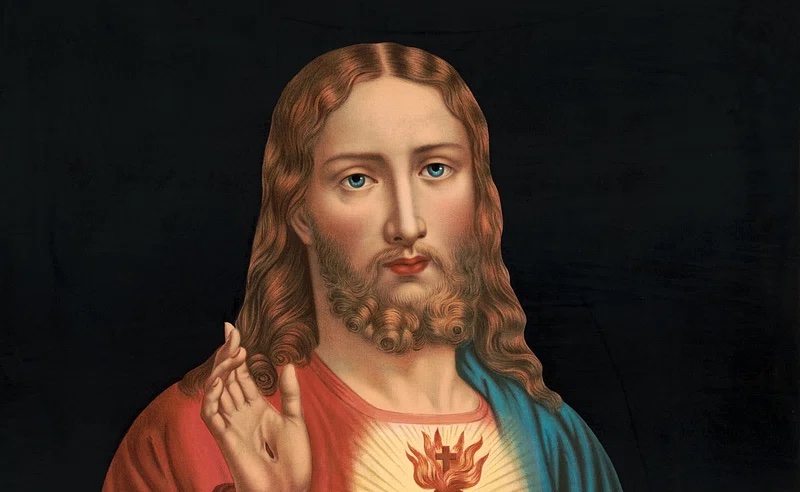
Source: The Library of Congress/Rawpixels
The Bible doesn’t describe Jesus physically, so how did this image of the Son of Christ come to be? All our evidence indicates that he looks different from how he has been portrayed for centuries.
The Life of Jesus
According to best estimates based on biblical translations and ancient texts, Jesus was born sometime around 6 BCE in the town of Bethlehem, in the modern-day Israeli-occupied West Bank of the State of Palestine, about 6 miles south of Jerusalem.
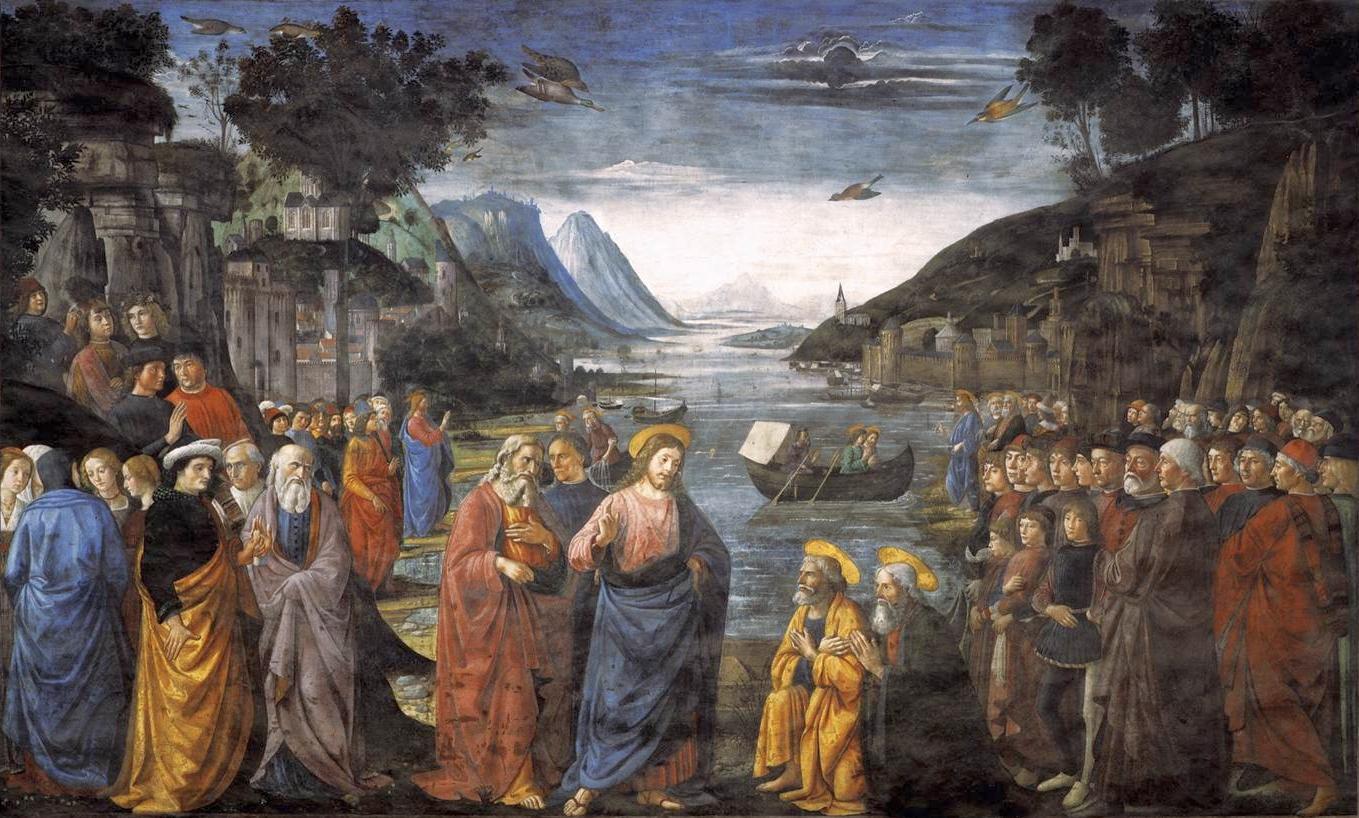
Source: Wikimedia
As the story goes, the son of God would die at 33 years of age. While no official surviving images of the prophet survived his death, certain features have come to be associated with Jesus. Yet, some argue these are based on figures such as Cesare Borgia.
What Does the Bible Say?
The Bible offers clues about what Christ’s physical appearance may look like. Most of what we know about the Son of Christ comes from the first four books of the New Testament, the Gospels of Matthew, Mark, Luke, and John.

Source: Aaron Burden/Unsplash
According to the Gospels, Jesus was a Jewish man who grew up in Nazareth, in Galilee (formerly Palestine, now northern Israel) during the first century.
More Clues
Besides this information, nothing else is mentioned about how Jesus looked like expect that he didn’t stand out in any particular way. Judas Iscariot pointed out in Matthew 26:47-56 that he had to point Jesus out to the soldiers among the disciples.

Source: Freepik
Revelations 1:14-15 offers more clues about Jesus’s looks, stating that his skin was a darker hue and this his hair was woolly in texture. The hairs of his head, it says, “were white as white wool, white as snow. His eyes were like a flame of fire, his feet were like burnished bronze, refined as in a furnace.”
He May Have Looked Like a Jewish Galilean
“We don’t know what [Jesus] looked like, but if all of the things that we do know about him are true,” says Robert Cargill, assistant professor of classics and religious studies at the University of Iowa and editor of Biblical Archaeology Review.

Source: Freepik
“He would have looked like a Jewish Galilean. What did Jewish Galileans look like 2,000 years ago?” he asks. “That’s the question. They probably didn’t have blue eyes and blond hair.”
Jesus Painted in the Image of Borgia
Cesare Borgia was an Italian cardinal who lived during the 15th century. He was the son of Pope Alexander VI.
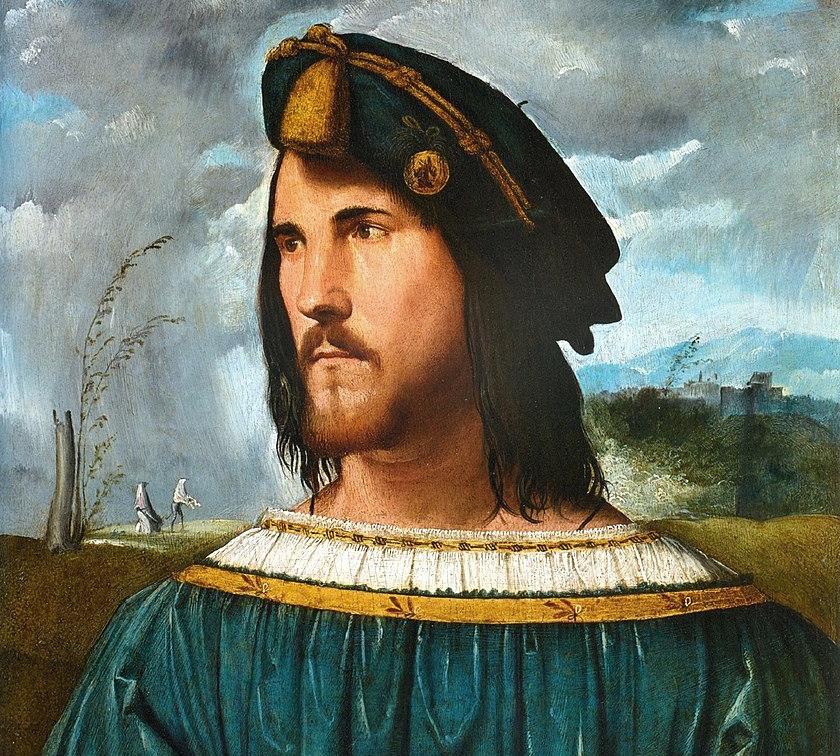
Source: Wikimedia
According to the French novelist Alexandre Dumas, in his 19th-century work Celebrated Crime, all modern depictions of Jesus Christ stemmed from the likeness of Borgia. Many scholars have agreed with Dumas’ theory over the years. But then, what did Jesus really look like?
Why Does Jesus Look Like Borgia?
Some believe that Borgia’s father “forced” his son’s image into art history, but no evidence supports this claim.
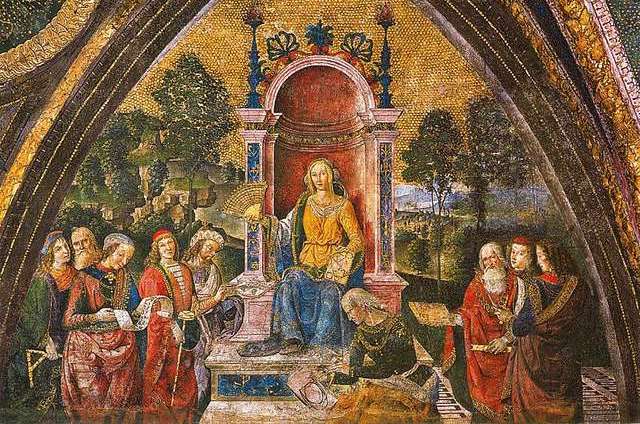
Source: Wikimedia Commons
The Renaissance produced many art pieces depicting Jesus with visual qualities suggested to be based on Borgia.
3rd Century Depictions of Jesus
One of the oldest depictions of Jesus is found on the ceiling of a burial chamber in the city of Rome. Here, the Christian prophet is portrayed with short hair and without a beard, which is strikingly different from modern depictions.
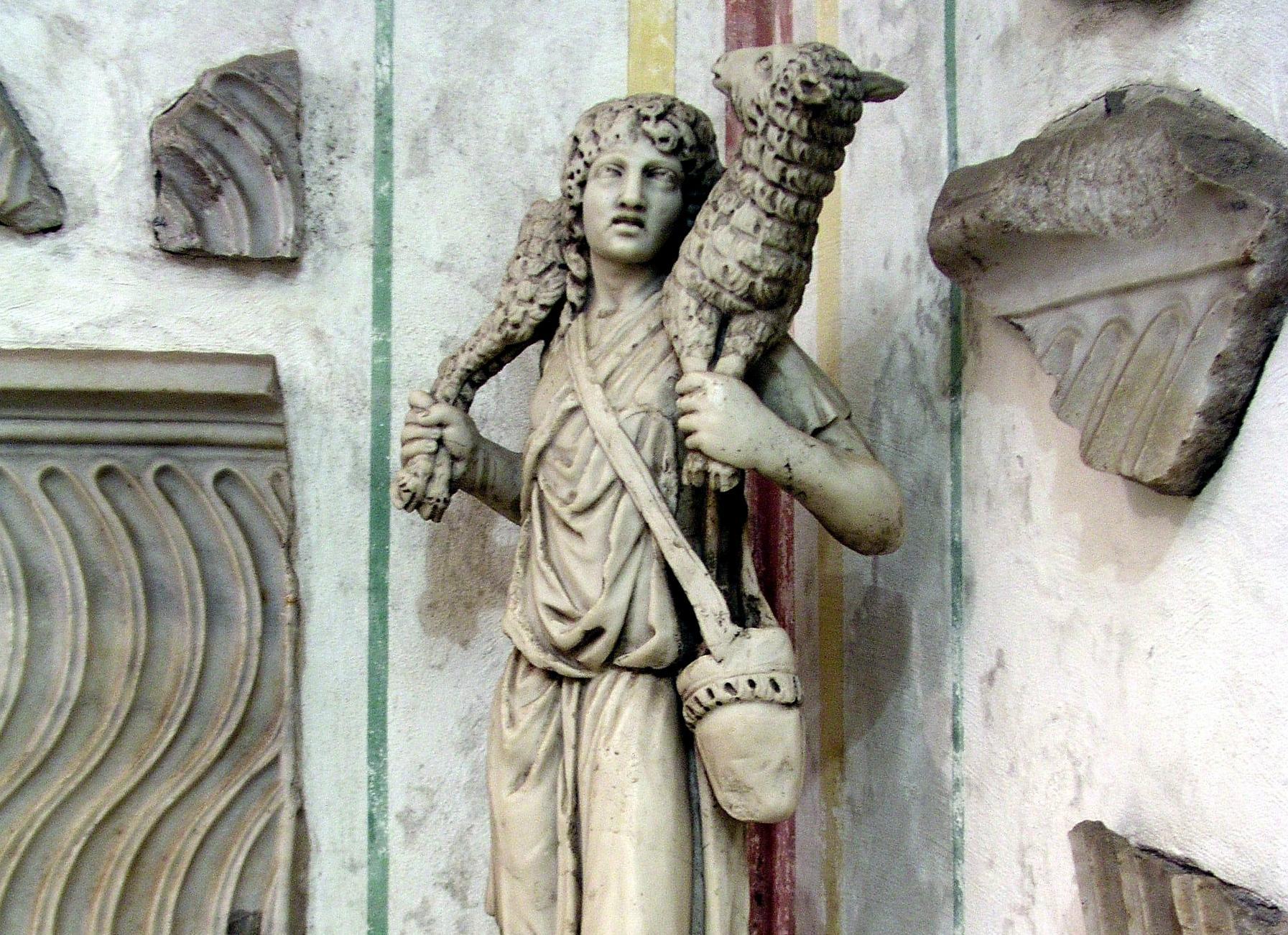
Source: Wikimedia
In the artwork, Jesus is dressed in traditional Roman attire of the era, and experts suggest it was painted sometime in the 3rd century.
A Rare Portrait of Jesus
A rare early portrait of Jesus was discovered in 2019 on the walls of a ruined church in southern Israel. Researchers believe that the painting is the earliest portrait of Jesus, and portrays him with shorter, curly hair, which is a common portrait in the eastern region of the Byzantine empire.
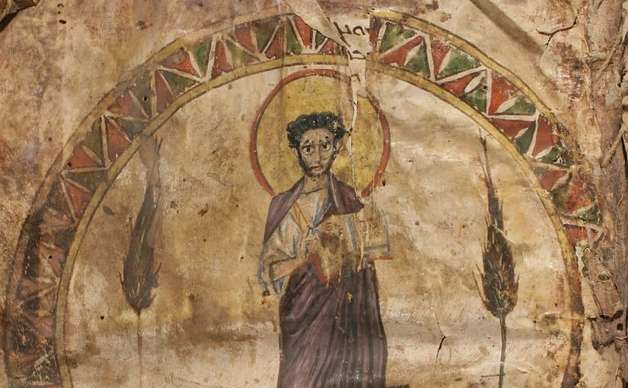
Source: GetArchive
The long-haired, bearded image of Jesus wouldn’t emerge until the fourth century, transforming him from a common man to the divine Son.
Depictions Begin to Change
By the 4th century, depictions of Jesus began to change dramatically. The carpenter was shown with a beard that resembled many of the depictions of the later centuries.
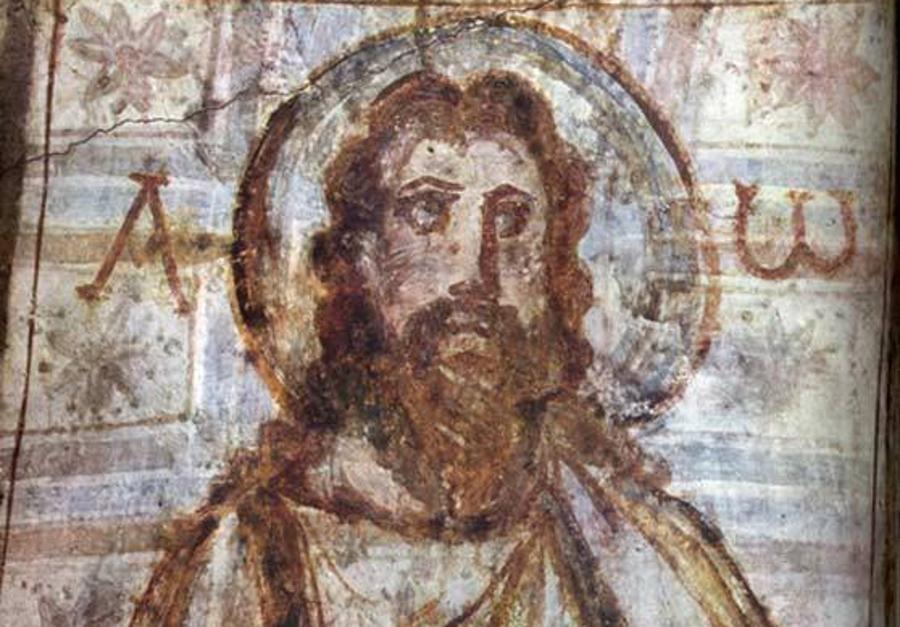
Source: Wikimedia
According to scholars, this was no accident. On the contrary, it mirrors a cultural shift in the minds of people living in the Greco-Roman empires. A beard signified a philosopher or someone of wisdom and authority, which the leading figure of Christianity most certainly was.
Jesus Adopts a Beard
During the era, facial hair and general scruffiness typically differentiated the philosophers or wise thinkers from the general population. According to the Stoic philosopher Epictetus, a beard was “appropriate according to Nature.”
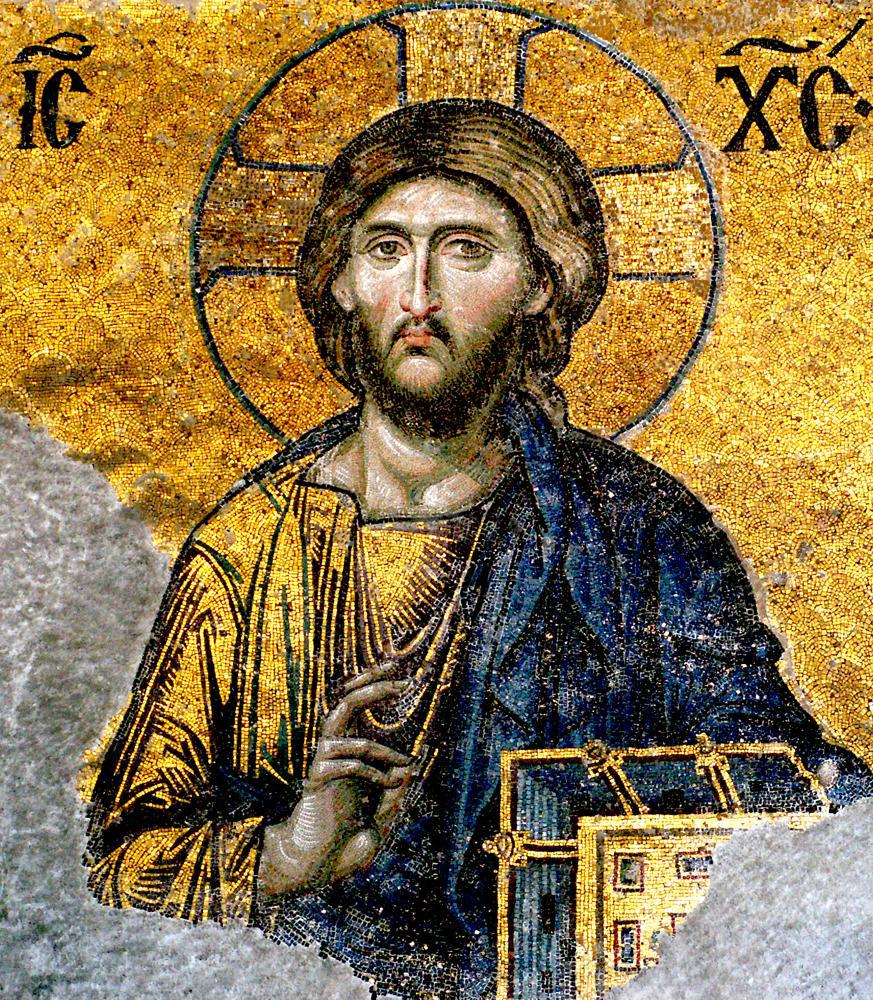
Source: Wikimedia
So, in the eyes of artists of the era, Jesus held the same status as a philosopher, and thus, he was depicted with a beard.
Depictions of Jesus in Spain
While the Greco-Roman world began depicting the Son of God with a beard, this idea didn’t catch on everywhere. Depictions of Jesus from the 4th century in Spain appear to further back up the idea that he may have been clean-shaven.
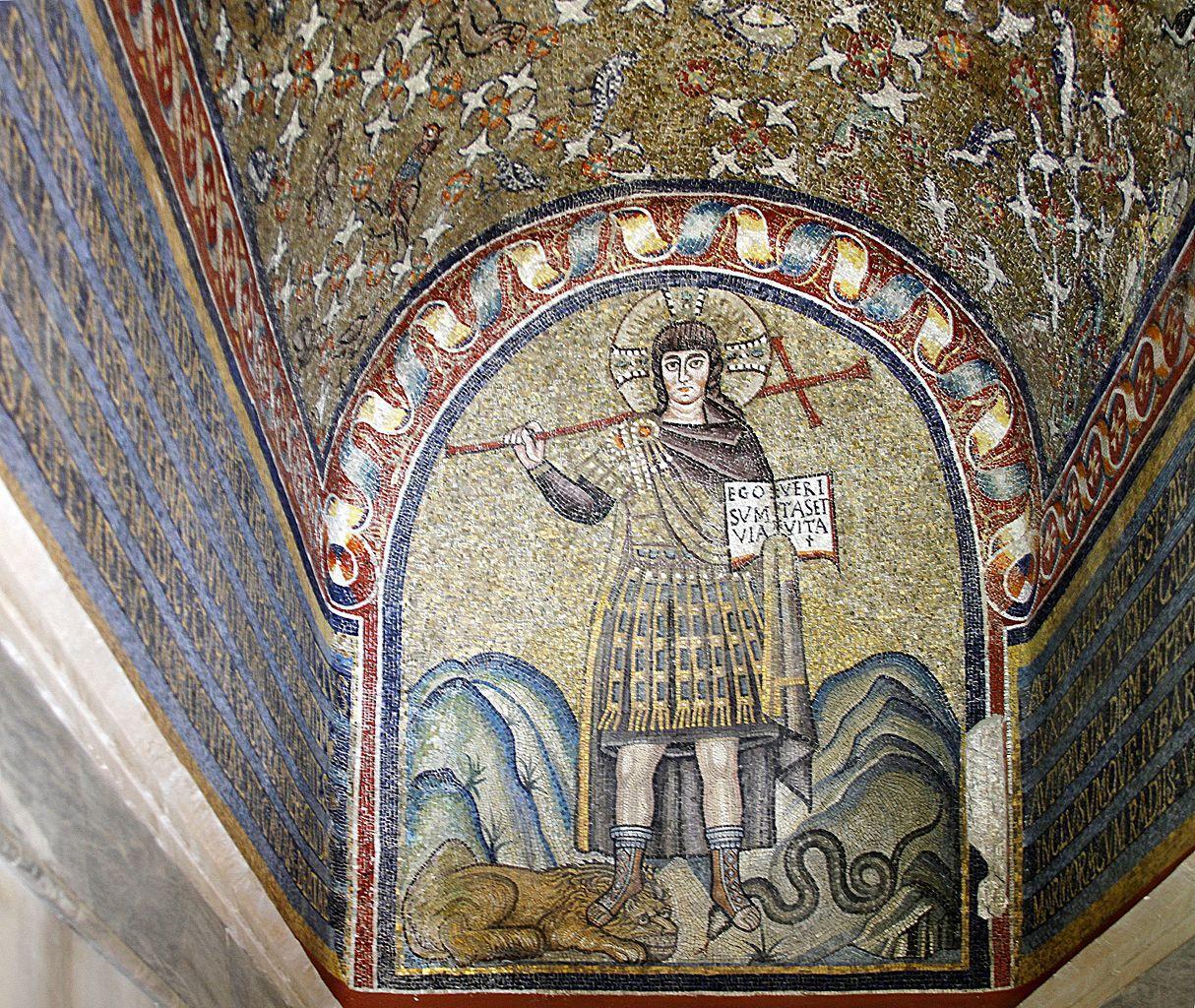
Source: Wikimedia
Several images in the town of Cástulo, etched on a glass paten, a small glass plate used to hold bread, depict Jesus as a clean-shaven shepherd, similar to those found in the burial chamber in Rome.
Jesus in a Toga
In the Spanish artifact, the prophet is also dressed in a toga, a typical robe worn by philosophers. A halo is pictured above his head. He has people standing on either side of him, many suggesting they represent the apostles Peter and Paul.
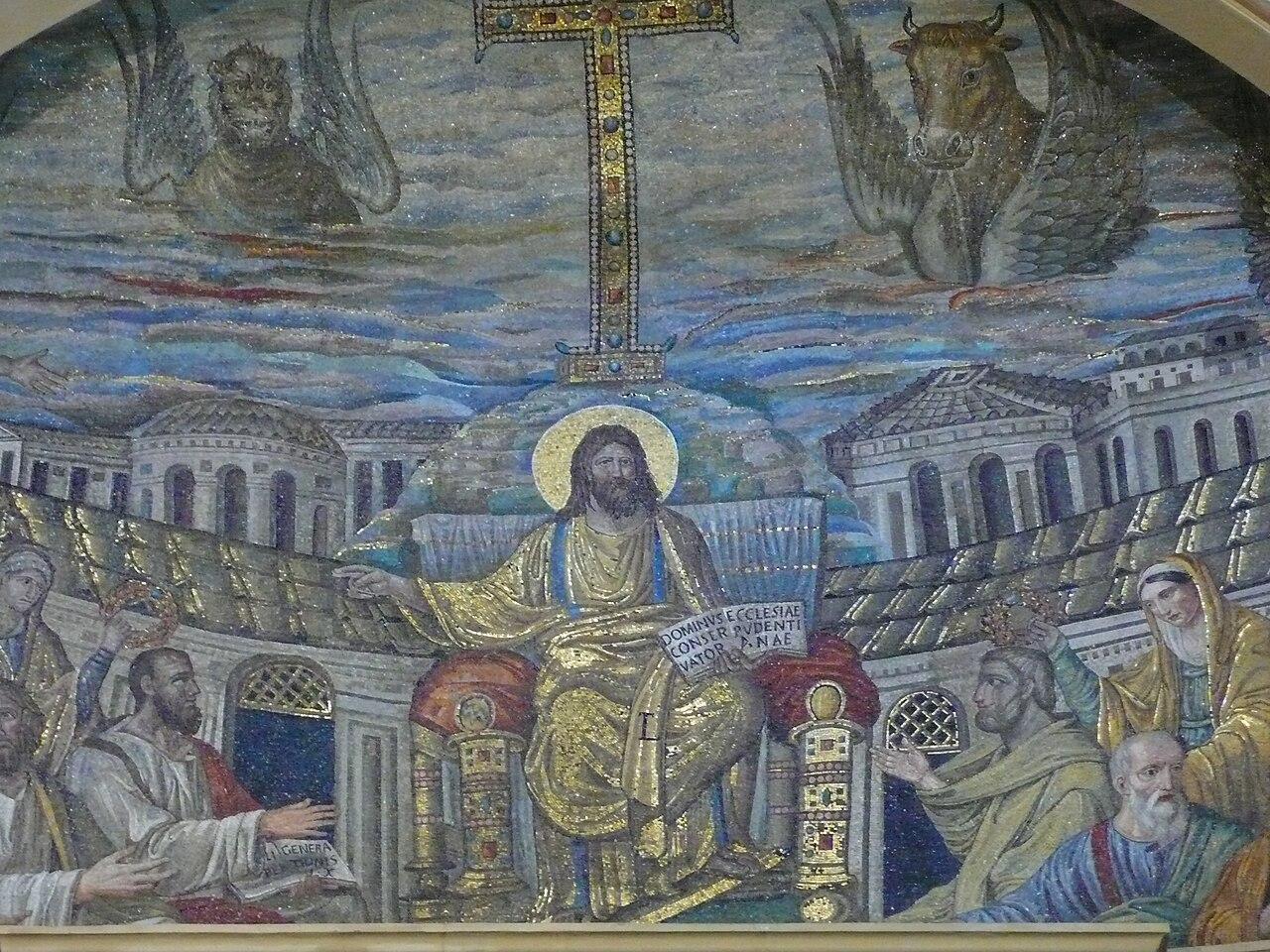
Source: Wikimedia
The three men are pictured standing in the middle of several palm trees, which, according to scholars, represent the Christian beliefs of immortality, the afterlife, and heaven.
The Early Depictions of Jesus
The early depictions of Jesus found in Rome and Spain offer valuable insight into the evolution of Christian iconography and how the social idea of Jesus’ appearance changed over the centuries.
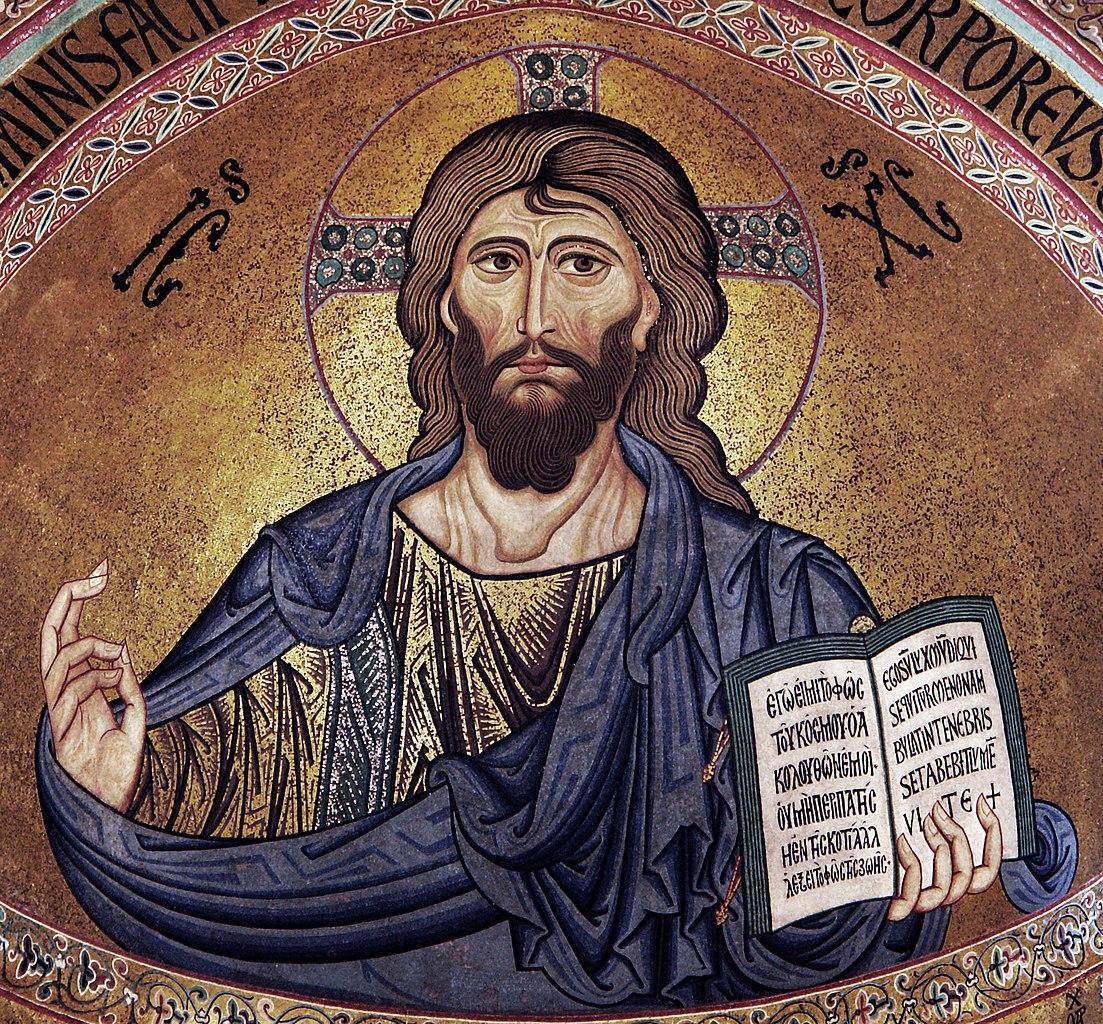
Source: Wikimedia
In the centuries that followed, the Son of God’s image changed even more drastically as he was given long hair and a long beard. Many even argue that his skin was lightened during the Medieval period.
What Did Jesus Wear?
During Jesus’s era, it was common for wealthy men to wear long robes, which showed off their high status to the public. However, the prophet most likely wore a knee-length tunic.

Source: Wikimedia
Experts also suggest theres some misconceptions about the color of this clothing. While many have argued he only wore white, this was more associated with the Essenes, a sect who followed strict rules. In reality, Jesus likely wore undyed wool clothing.
What Did Jesus Have on His Feet?
Like everyone else in the region during the era, Jesus wore sandals on his feet. His were likely very simple, made of several pieces of leather sewn together. On top, a small leather strap would have held the sandal on his foot.
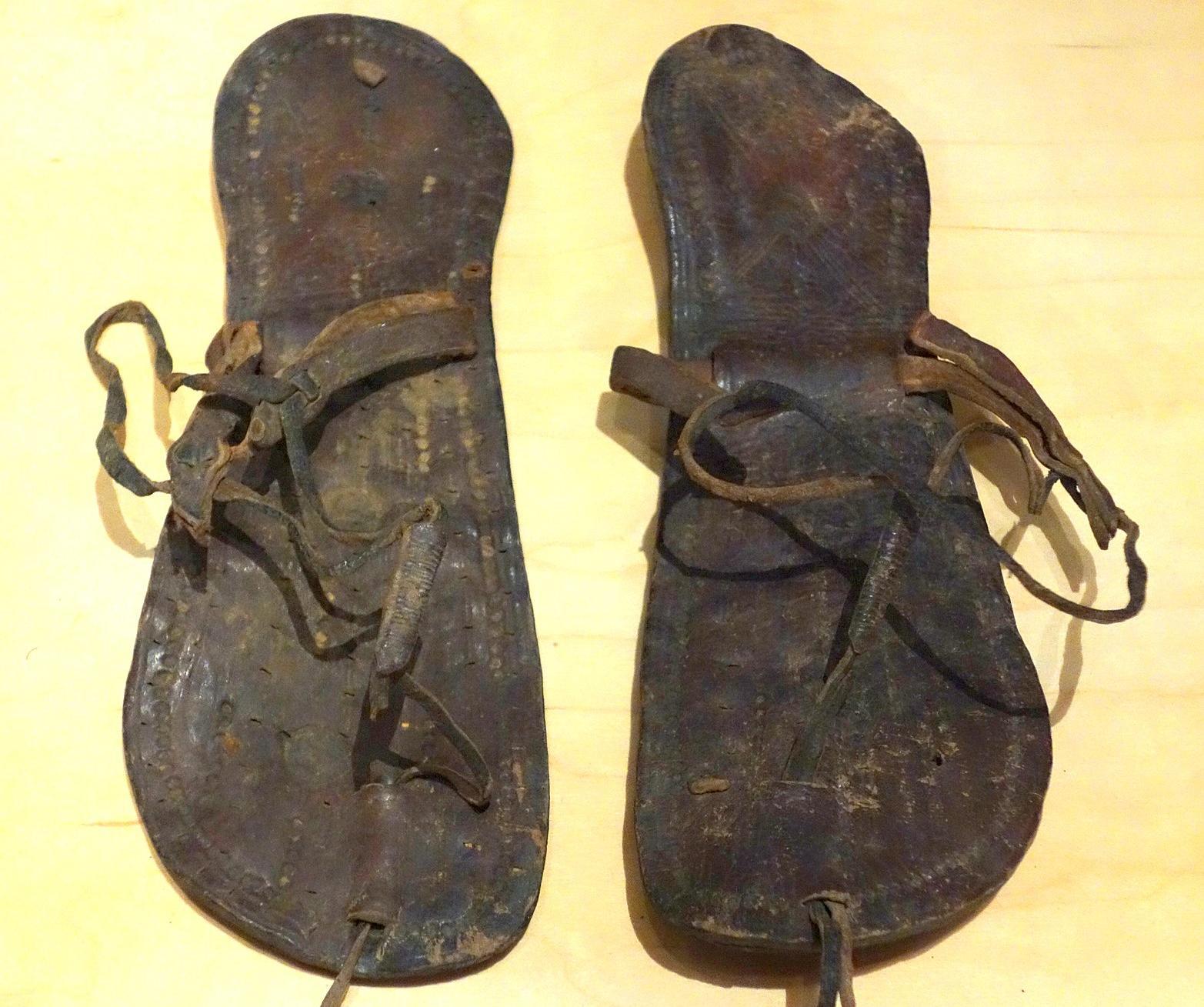
Source: Wikimedia
Like many wanderers of the era, Jesus likely blended in with the common folk during the earlier years of his education and teaching.
Gaining a Deeper Understanding
Nonetheless, the discovery of early artifacts bearing an image of Jesus helps researchers understand the cultural and social ideas of the period and their effect on religion.

Source: Wikimedia
As archaeologists continue to unearth ancient artifacts, they will undoubtedly shed light on Jesus’s identity and role in the various cultures that have worshiped him in distinct parts of the world.
The Changes Made
The portrayal of Jesus has changed a lot throughout history for a reason. Artists of the earliest paintings were not concerned about historical accuracy, but the symbol and iconography of the Prophet.

Source: russn_fckr/Unsplash
They wanted to depict Jesus as a savior and modeled him after the typical styles of the time and the ideas held around great people with great influence.
Made in Our Own Image
In a painting dating after the year 400, Christian artists around the world began depicting Jesus in their image, changing his skin color, hair, and other features to reflect their own.

Source: Christopher Burns/Unsplash
In Ethiopia, depictions of Jesus show the Son of God with African features, while Indian Christians saw him with South Asian features.
The Spread of the European Jesus
The current Western depiction of Jesus spread as European colonialism spread across the globe. While some colonizers changed the depiction of Christ to reflect the community they were attempting to convert, others shared the European depiction of Christ.
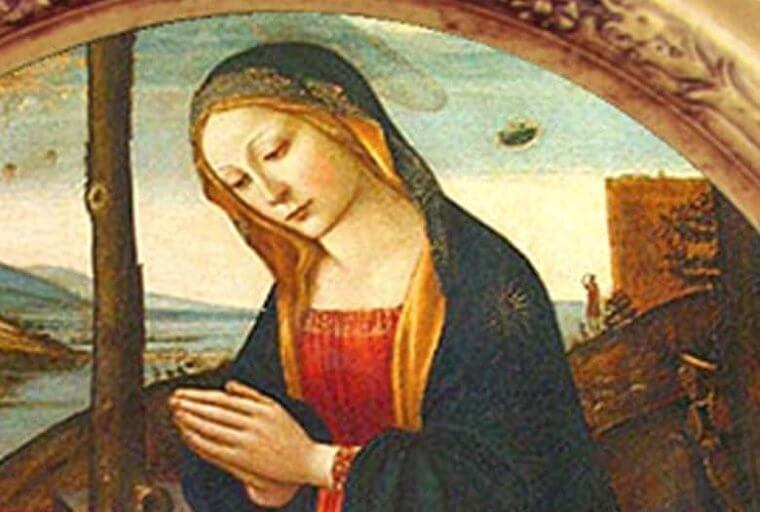
Source: wikimedia commons
However, most scientists and anthropologists believe that Jesus did not look like a blond-haired, blue-eyed, light-skinned man.
Reconstructing Jesus
In 2001, Richard Neave, a retired medical artist, and a team of Israeli and British forensic anthropologists and computer programmers set out to discover what Jesus may have looked like based on an Israeli skull dating back to the first century A.D., computer modeling, and knowledge of what Jewish people looked like at the time.

Source: Wikimedia
Scholars believe that a more accurate depiction of Jesus includes darker skin, dark eyes, and shorter, curlier hair.
Discovering What He May Have Looked Like
Neave’s work appeared in the documentary series, “Son of God,” which chronicles the life of Jesus using scientific and historical evidence.
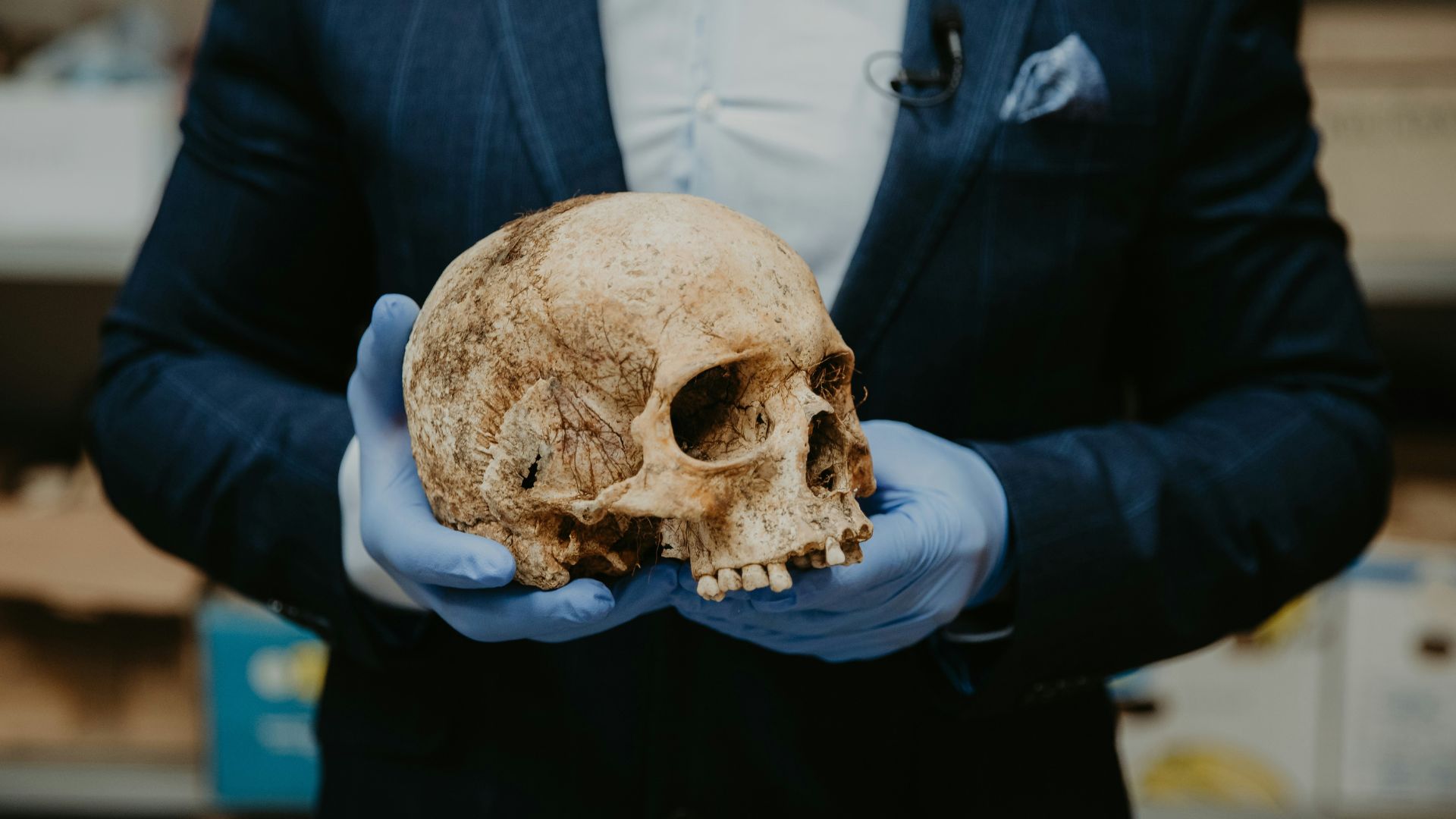
Source: Trnava University/Unsplash
“Using archaeological and anatomical science rather than artistic interpretation makes this the most accurate likeness ever created,” Jean-Calude Bragard, the producer of the series, said about the reaction.
What Jesus Looked Like, According to Science
“It isn’t the face of Jesus, because we’re not working with the skull of Jesus, but it is the departure point for considering what Jesus would have looked like,” Bragard added.

Source: Popular Mechanics
The reconstruction depicted Jesus as a five-foot-tall man with tan, olive-toned skin, cropped dark curly hair, and a short beard.
